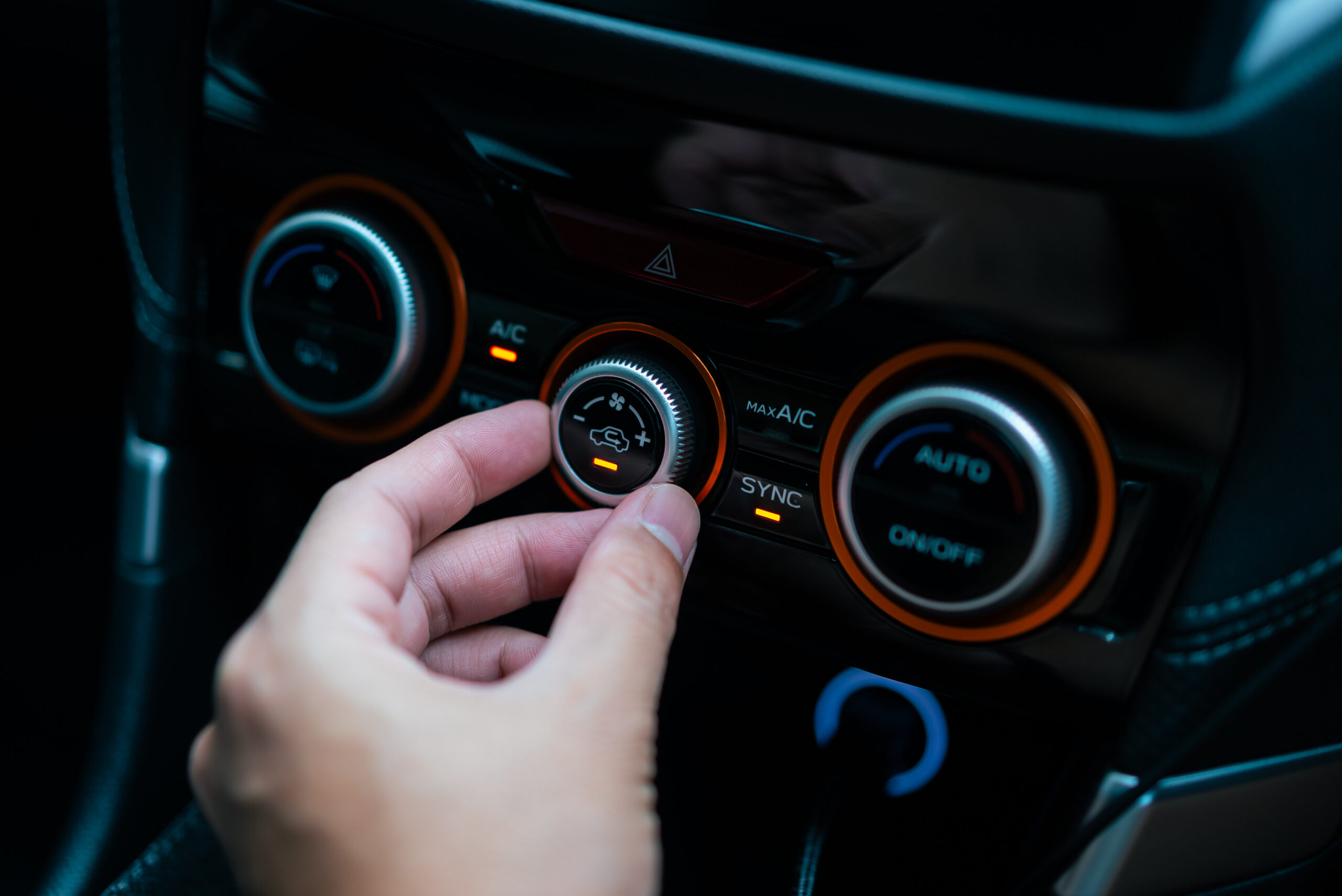We’ve written before at HuffPost UK about how the terms “uppercase” and “lowercase” actually come from the printing press.And now it seems the deceptively modern-sounding “dashboard” has a far older original meaning too. In a 2021 X (formerly Twitter) post that recently resurfaced on my feed, company founder and X user Arnaud Porterie shared via Wikipedia that the word dashboard “applied to a barrier of wood or leather fixed at the front of a horse-drawn carriage or sleigh to protect the driver from mud or other debris ‘dashed up’ (thrown up) by the horses’ hooves.”So, I thought I’d see whether or not that was true. TIL: “Originally, the word dashboard applied to a barrier of wood or leather fixed at the front of a horse-drawn carriage or sleigh to protect the driver from mud or other debris “dashed up” (thrown up) by the horses’ hooves.” https://t.co/pD7A3IlMQ0pic.twitter.com/5wg5hNmVER— Arnaud Porterie (@arnaudporterie) April 8, 2021So… is that real? Yep! Merriam-Webster puts the first known use of the word at 1842, where it was used to refer to a “screen on the front of a usually horse-drawn vehicle to intercept water, mud, or snow.”The term still applies to the same apparatus today.Though car dashboards typically face less mud, they’re still a strip right under the windshield. The Saturday Evening Post explains, “Early automobile designs often took the general shape of a carriage as a starting point.” So, “Naturally, the structure that was called the dashboard in a carriage was, by 1904, also called a dashboard in a car.” These were originally unadorned by the endless informative dials and buttons we see today.As the original dashboard faded out of most people’s memory, “dashboard” became associated with the kind of live-update information stores we associate with the more techy modern definition of the word. People were pretty surprised by the news“Makes you wonder about ‘windshield,’” one X user replied, while another explained that “Dashboard in German is Armaturenbrett (‘instrument board’), but the firewall it is affixed to is Spritzwand (‘splash wall’), and also fender is Kotflügel (‘excrement wing’).”“So dashing through more or less liquid matter left its traces in automotive vocabulary here too,” they added.That which we call a dashboard by any other definition might actually smell far worse, it seems…Related…People Are Just Realising Why We Call Them Uppercase And Lowercase Letters, And I Had No IdeaI Just Learned What ‘Just Deserts’ Really Means, And It’s Got Nothing To Do With Deserts OR DessertsI Just Learned What ‘Jammie Dodgers’ Actually Stands For, And It’s The Most British Thing Ever Life, travel, Cars, trivia, cars HuffPost UK – Athena2 – All Entries (Public)
We’ve written before at HuffPost UK about how the terms “uppercase” and “lowercase” actually come from the printing press.
And now it seems the deceptively modern-sounding “dashboard” has a far older original meaning too.
In a 2021 X (formerly Twitter) post that recently resurfaced on my feed, company founder and X user Arnaud Porterie shared via Wikipedia that the word dashboard “applied to a barrier of wood or leather fixed at the front of a horse-drawn carriage or sleigh to protect the driver from mud or other debris ‘dashed up’ (thrown up) by the horses’ hooves.”
So, I thought I’d see whether or not that was true.
TIL: “Originally, the word dashboard applied to a barrier of wood or leather fixed at the front of a horse-drawn carriage or sleigh to protect the driver from mud or other debris “dashed up” (thrown up) by the horses’ hooves.” https://t.co/pD7A3IlMQ0pic.twitter.com/5wg5hNmVER
— Arnaud Porterie (@arnaudporterie) April 8, 2021
So… is that real?
Yep! Merriam-Webster puts the first known use of the word at 1842, where it was used to refer to a “screen on the front of a usually horse-drawn vehicle to intercept water, mud, or snow.”
The term still applies to the same apparatus today.
Though car dashboards typically face less mud, they’re still a strip right under the windshield. The Saturday Evening Post explains, “Early automobile designs often took the general shape of a carriage as a starting point.”
So, “Naturally, the structure that was called the dashboard in a carriage was, by 1904, also called a dashboard in a car.” These were originally unadorned by the endless informative dials and buttons we see today.
As the original dashboard faded out of most people’s memory, “dashboard” became associated with the kind of live-update information stores we associate with the more techy modern definition of the word.
People were pretty surprised by the news
“Makes you wonder about ‘windshield,’” one X user replied, while another explained that “Dashboard in German is Armaturenbrett (‘instrument board’), but the firewall it is affixed to is Spritzwand (‘splash wall’), and also fender is Kotflügel (‘excrement wing’).”
“So dashing through more or less liquid matter left its traces in automotive vocabulary here too,” they added.
That which we call a dashboard by any other definition might actually smell far worse, it seems…







